
Living Labs
The NSFA has been selected as one of nine organizations to establish new living labs throughout the country! The Agricultural Climate Solutions (ACS) – Living Labs program, funded by Agriculture and Agri-Food Canada, focuses on identifying innovative technologies and on-farm management practices that can be adopted by farmers to tackle climate change. The solutions developed throughout the living labs will also help protect biodiversity on farms, improve water and soil quality, and, through the efficient management of resources and increased resilience, strengthen farmers’ bottom lines.
Our living labs will focus on key activities throughout the next five years. These activities will look at management practices such as cover crops, the establishment of riparian zones and shelterbelts, and a land swapping initiative to incorporate livestock grazing into annual cropping systems. Each activity focuses on different techniques that will increase soil carbon sequestration and reduce greenhouse gas emissions.
Projects
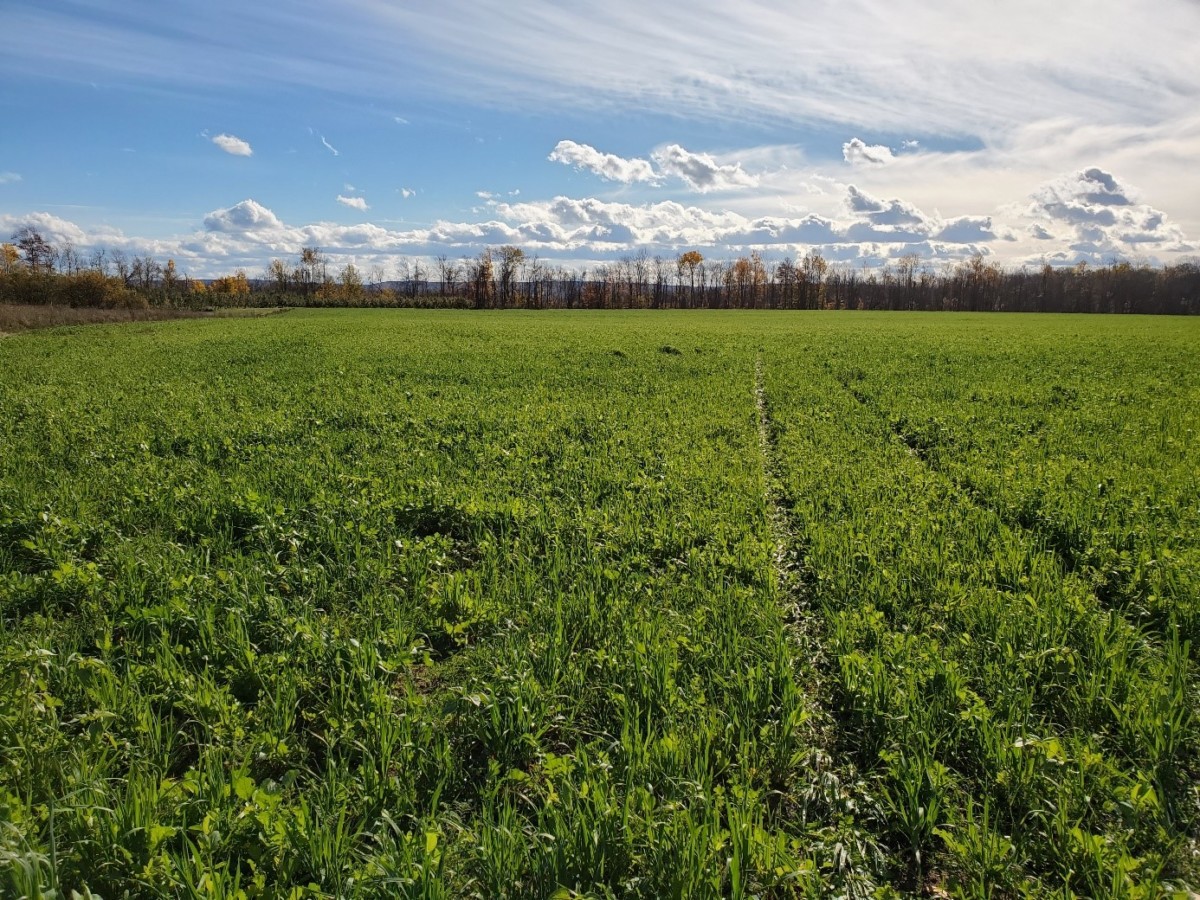
Cover Crops in Annual Systems led by Perennia
Annual cropping systems tend to have higher management intensity – more soil disturbance and less return of residues. This leads to depletion of soil carbon and reduction in soil health and system resiliency in the face of climate change.
Cover crops are a good way to build soil organic carbon, reduce erosion, improve water holding capacity, improve nutrient cycling, and reduce nutrient leaching. The barrier to adoption for many farmers is knowing how to include cover crops in their farming system. More information on the type of cover crop and termination strategies is needed to help growers choose the right combination to maximize the benefits of cover crops without adversely impeding cash crop production.
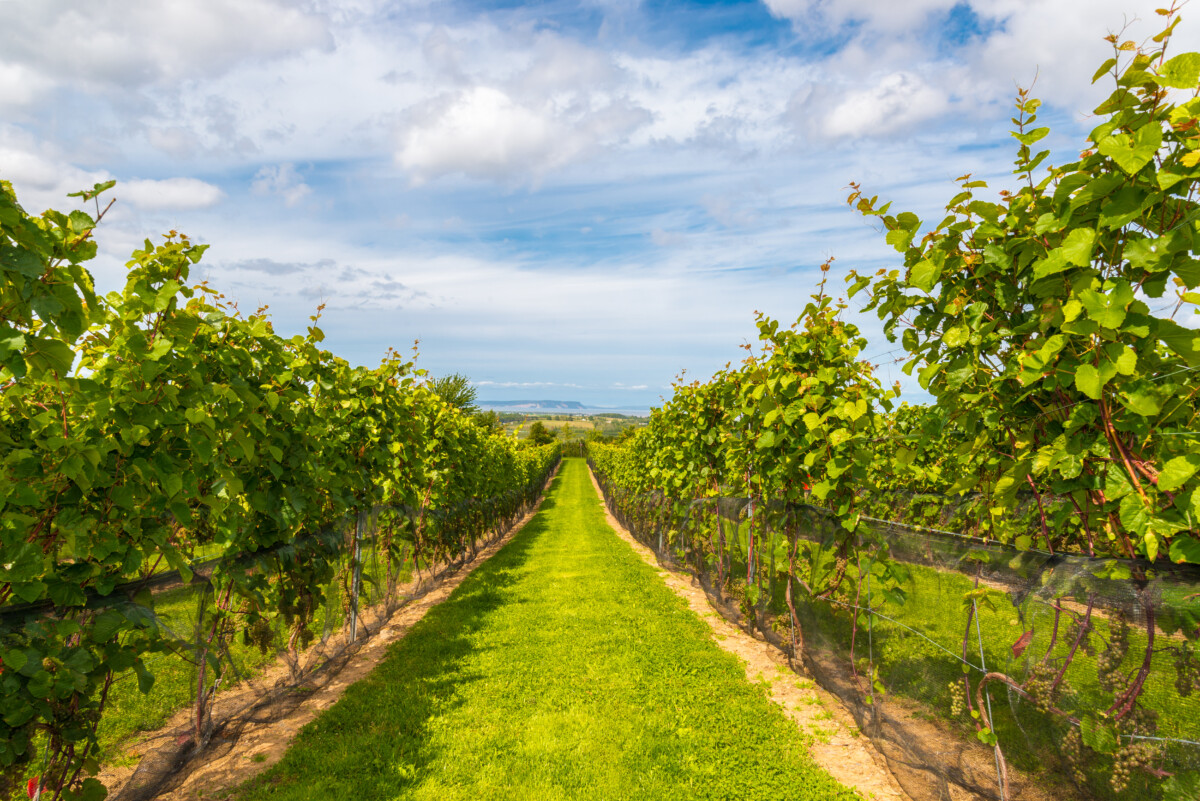
Perennial Systems Floor Management led by Agriculture and Agri-Food Canada
The aim of this BMP is to evaluate cover crops for carbon sequestration and GHG mitigation potential as a tool to mitigate climate change and provide socio-economic as well as environmental benefits in two important perennial systems in Nova Scotia – apples and grapes.
In apple orchards, five sites will be set up where orchards will be in preparation for planting in May 2023. After establishment, up to four new cover crops of grass and legume mixed will be evaluated and compared to a common cover crop mixture already used by growers.
In vineyards, established vineyards will be selected to evaluate the use of cover crops and groundcover management for improved carbon sequestration and GHG emission reduction. Results will guide the development of best practices and recommendations for grape growers about laneway management in vineyards.
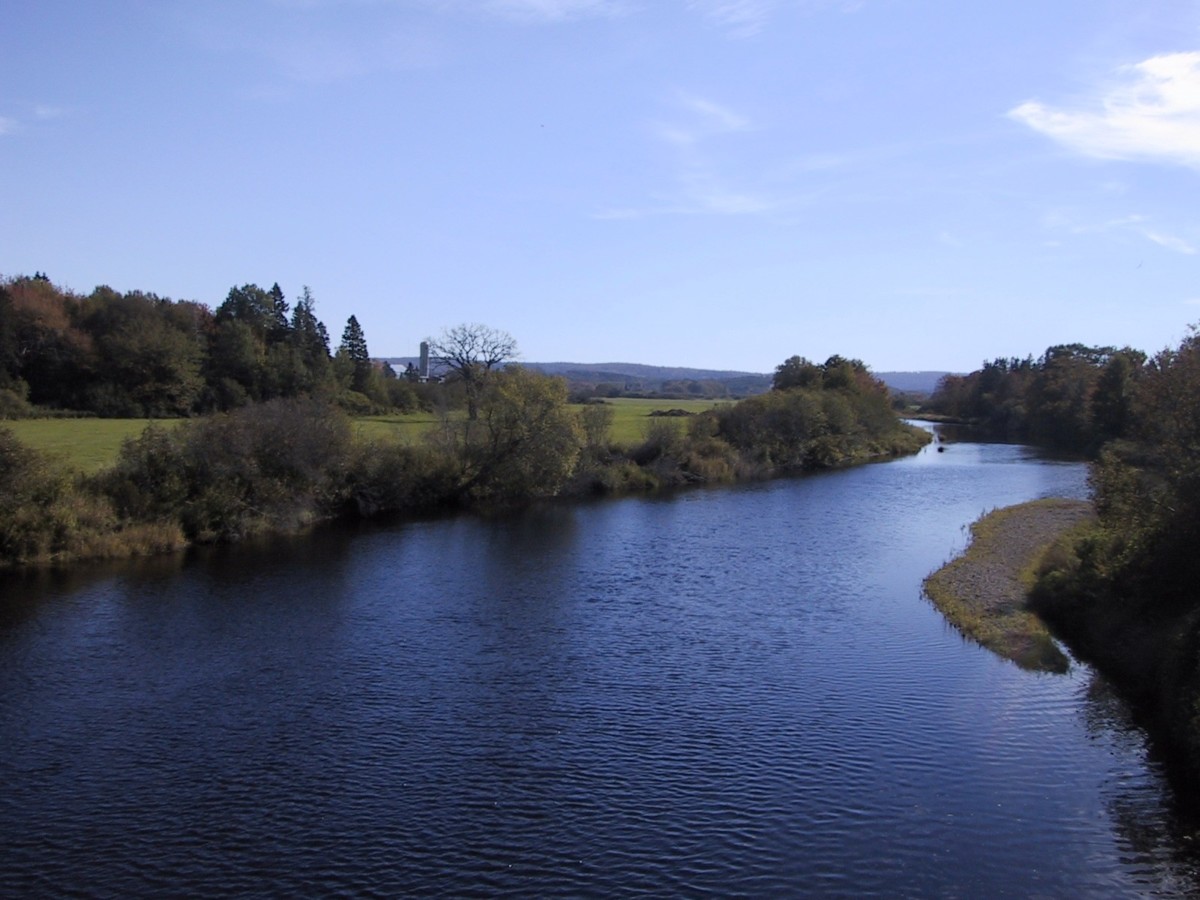
Establishment of Riparian Zones and Shelterbelts led by Clean Annapolis River Project
There is high potential to sequester carbon in riparian and shelterbelt areas. Carbon can be stored in the soil through the presence of permanent roots and in the woody biomass of the plant species. The soil in these zones will remain undisturbed for the life of the established area, protecting the carbon stored in the soil from loss and reducing overall GHG emissions from machine traffic.
Riparian zones and shelterbelts will be established at six fields where none currently exist. Shelterbelts will be in wild blueberry fields, as this has been identified as an industry concern. Water quality will be measured in riparian sites to monitor water temperature, chemical composition, and coliform bacteria. A biodiversity study with Nova Scotia Museums will look at the diversity of moss and lichens, environmentally important species that have high diversity in agriculture riparian zones. Pollination services will be measured at shelterbelt sites due to the importance of pollination in the blueberry industry.

Land Swap led by Nova Scotia Federation of Agriculture
The land swap activity involves pairing farmers with annual cropping systems with livestock farmers to incorporate grazing into high disturbance rotations. High disturbance cropping systems, such as horticulture production, often have lower soil carbon compared to less disturbed systems, such as pasture. Incorporating periods of perennial crops that are not disturbed will allow carbon to be stabilized and sequestered.
This activity is regionally unique unlike agricultural regions in larger provinces, Nova Scotia has a very diverse agricultural landscape. It is common to have horticulture and livestock production in the same region. This allows us to use this diversity for this unique BMP that will not only make agricultural systems more climate-friendly, but also more resilient.
Living Labs Staff
Carolyn Marshall, Environment & Climate Change Manager
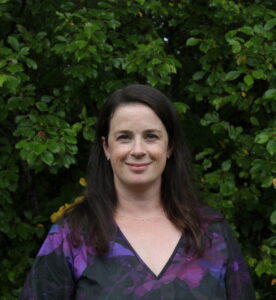
Carolyn grew up in Liverpool, Nova Scotia, and now lives in Bible Hill with her husband and two boys. Before she joined the NSFA team, she worked as a researcher at Dalhousie University for over a decade. Carolyn studied ecology and botany at Acadia University and the University of British Columbia, and then Dalhousie University where she moved into agriculture.
Carolyn has always been engaged in environmental issues, even since she was a kid. As she got older and learned more about climate change, she realized how important agriculture is to that and other big societal issues like economy and health. Carolyn saw the huge potential that there is in agriculture to make a big impact on climate change. She sees the soil as a big connector to all of these issues and agriculture – she is very passionate about all thing soil!
“I’m looking forward to addressing big problems with practical solutions. Adapting to and mitigating climate change doesn’t necessarily require complicated technical solutions.”
Katherine Rutherford, Living Lab Coordinator

Katherine grew up in the rural community of Old Barns, during her younger years she was involved with the 4-H Program and didn’t have plans to work in agriculture. Fast forward to highschool graduation, Katherine enrolled in the Nova Scotia Agricultural College to get an undergraduate science degree. During her time at the AC, Katherine started working in research, she found that she really enjoyed it, and has been working in research and/or going to school ever since! Under her belt, Katherine has a BSc (Agr) in Animal Science, MSc in Agriculture and is currently completing a PhD in Biology! Katherine now resides just outside Antigonish, in Brierly Brook with her partner Jason and their two young children. Jason operates Lindenright Holsteins with his parents.
As our Living Labs Coordinator, Katherine is excited to do on-farm research. “It’s always exciting to connect with producers.”
Jessica Gilice, Knowledge and Technology Transfer Coordinator
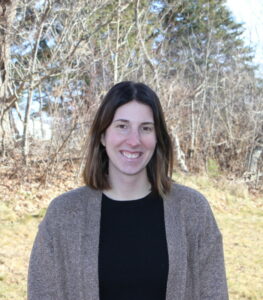
Jessica attended Saint Mary’s University and graduated with a Bachelor’s Degree in Environmental Studies in 2021. Growing up on a hobby farm, Jessica was an active participant in 4-H in her younger years and has always been interested in agriculture. This is her first career in the agriculture field, and she’s looking forward to working on the Living Labs project! Jessica resides in Kennetcook with her partner Johnathan and their black lab, Rosco.
